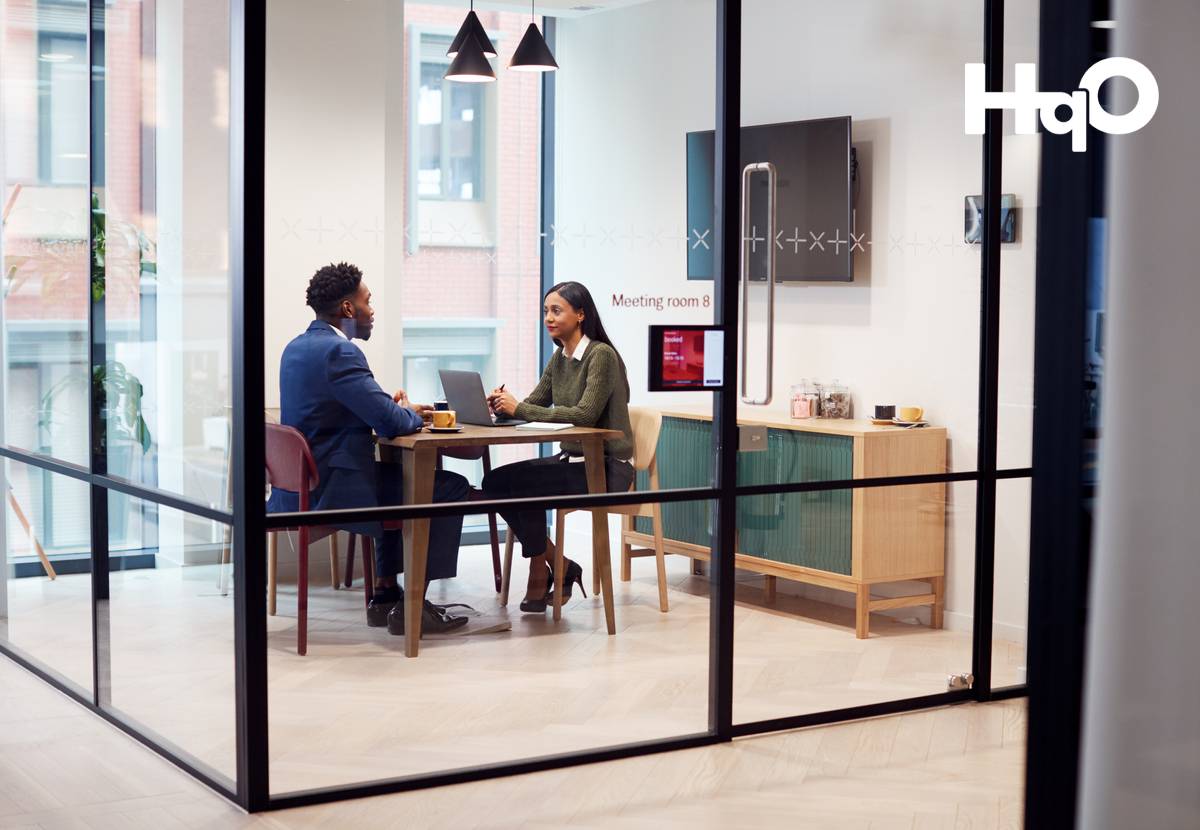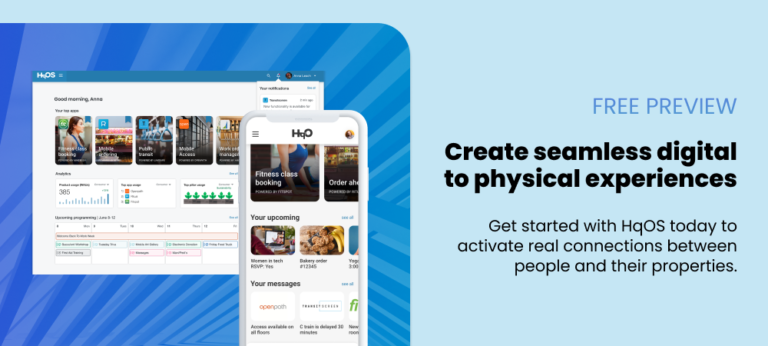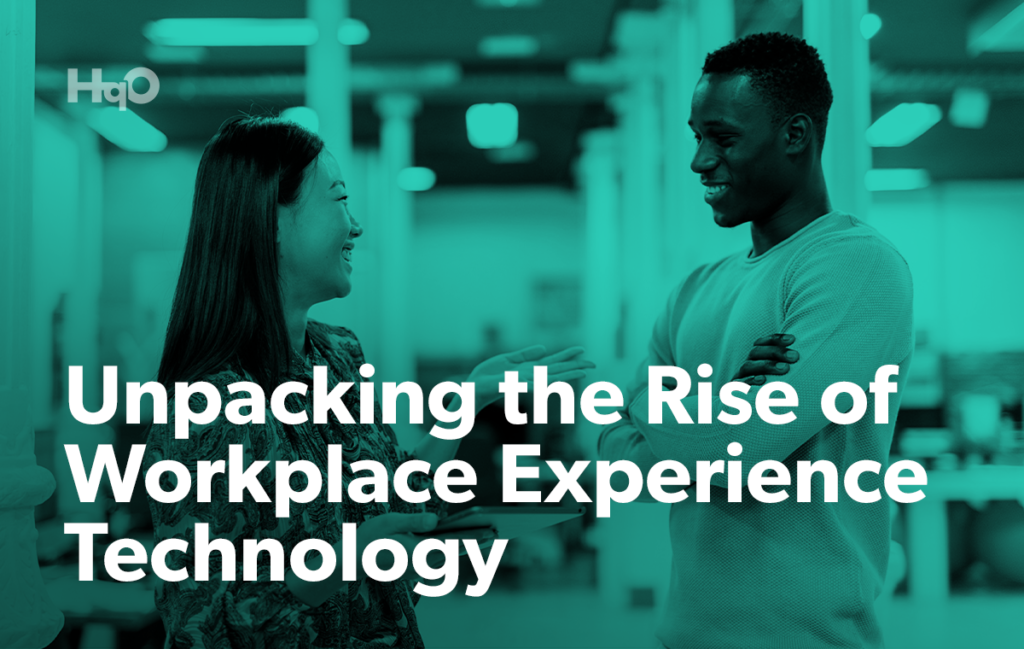Since before the COVID-19 pandemic, we’ve seen many trends emerge and adapt to changes in the office sector. The most notable trend includes accelerated technology advances in real estate, where property teams have used tenant experience and workplace software to keep employees engaged with the office while working remotely.
Alongside commercial property technology, industry experts are pointing to another popular trend for the office: flex space. According to a recent Globe St. article, “Companies will likely continue to offer their employees greater choice in where they work as of 2021, and flexspace will be a part of their offerings […] This will give a boost to this office format, however much of the growth will occur outside the list of usual CBD suspects, as some markets are already feeling the supply pinch from a lack of flex workspaces outside of downtown locations.”
A Colliers International report also anticipates the rise in flex space this year, stating that “it would not be a stretch to imagine several asset owners acquiring flexible workspace operators in order to solve for occupier demand for flexibility and buy-in expertise, together with creating a more varied work from anywhere platform for their occupiers [in 2021].”
Both sources reinforce that 2021 will be the year where we witness the true impacts of the pandemic — sorting out which innovations in real estate were for the short-term, and which ones have a more lasting impact. In a digital world, we’re confident that technology and flexible workplace arrangements are both here to stay. With this in mind, we’ve asked ourselves an important question: How can technology used in real estate — such as our end-to-end operating system for tenant experience — help support CRE teams and growing flex space needs?
The answer resides in creating a truly connected experience. Here’s what that means.
Connecting the Dots
Flex space can take on various forms, and is intended to serve as a community resource — it can include everything from bookable single desks to a full-service suite. However, flex spaces are not just flexible in terms of their composition, but also in terms of their availability: they support as-needed usage, substituting typical lengthy contracts and leases with short-term passes or memberships. This freedom of choice is exactly what makes the concept so appealing, especially to a workforce disrupted by hybrid work models. Companies taking a consumer-first approach can expand their range of workplace offerings (and elevate the overall landlord brand) by allowing tenants to work from more than a single office location.
Non-coincidentally, this is where tenant experience technology plays a significant role.
Having a best-in-class Marketplace of technology partners can convert just about any space into a community resource with relative ease. As certain building locations and spaces are repurposed to support satellite offices, hot desks, temporary event spaces, and more, CRE teams will need to make sure they have the right systems in place to keep each location organized, safe, and ultimately seamless.
Not only can a tenant experience platform facilitate the multiple functions of flex spaces such as streamlining solutions in visitor and capacity management, mobile access, and resource booking, but its communication features can be used to keep every kind of tenant informed of office regulations and protocols, building amenities, commuting options, special deals with local retailers, and much, much more.
Learning from Hospitality
At the start of the pandemic, the hospitality industry began offering remote work options to create an additional source of income through a “hybrid hospitality” approach.
“Hotels creating a place not only to sleep and eat but also to rent out space to meet, collaborate, socialise and work is a key way that underperforming areas within the building can be optimised from a revenue and income perspective. You can use hotel space twice while traditional work space only once. Not only could this concept appeal to institutional investors but I would not be surprised if this becomes a permanent new form of hospitality in the future,” explains Dirk Bakker, head of hotels for the EMEA region at Colliers International.
This strategy aligns well with CRE’s modern focus on consumer-first experiences. After all, flex space is considered a service industry. Success in this area requires delivering on flexibility, agility, and amenities that enhance productivity and drive value to the designated location — which can only be accomplished through getting on board with modern commercial real estate technology trends. As an AllWork article states: “Occupiers look for service excellence and frictionless experiences, which requires workplace management and seamless technologies to meet expectations.”
This is not the first time CRE has taken inspiration from other industries, and it certainly won’t be the last. Becoming as tech-enabled and adaptable as the surrounding workforce will be the only way property teams can guarantee long-term success.
To learn more about our operating system, and how it can help transform your portfolio, schedule a free demo.




